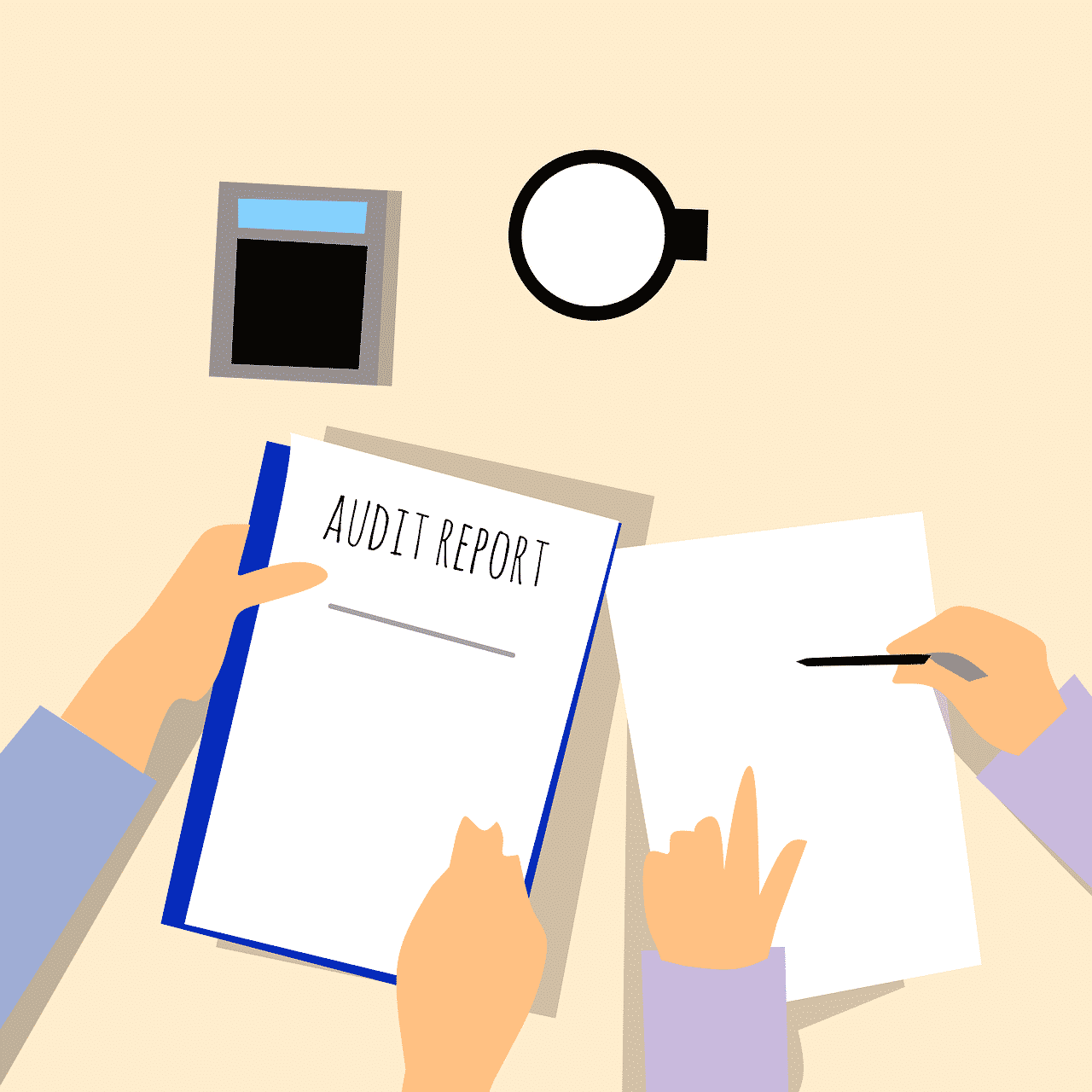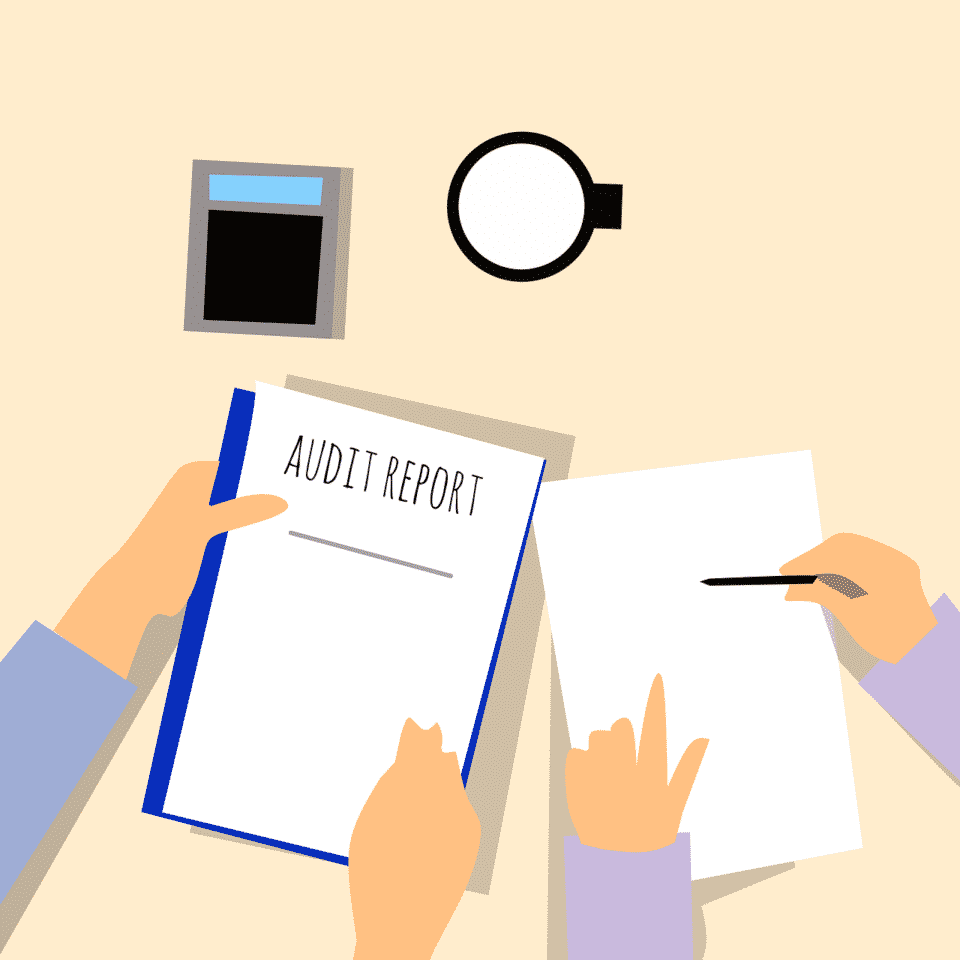As a digital marketer or business owner, you know how essential search engine optimization is to your marketing strategy. But what many online businesses and marketers forget is that it doesn’t stop after the optimization; you can’t simply set and forget. No one likes to perform audits, but these days, they’re non-negotiable.
If somebody asked you how well your site is performing in terms of organic traffic received, would you be able to answer the question? I’m not talking about the ability to rattle off how many organic sessions you’re getting each month. I am talking about the health of your site, it’s accordance with the latest Google algorithm, and the fine-tuning of your content.
Regularly auditing your website is a necessity. And the best part is that you don’t have to be technically savvy to handle some of the more basic audit strategies.
While there are several steps in an SEO audit that are more complicated than others, all improvements are good improvements. Seriously, identifying just one simple issue could drastically help your site’s performance, and turn drab organic traffic into fab organic traffic (and sales!).
Last week, I moderated a wonderful webinar on SEO audits with panelists Casey Markee of Media Wyse, expert SEO consultant Adam Riemer, and Sarah Decker of TopHatRank.
Before we dive into the meat of the SEO audit, check out the replay below:
If you don’t want to improve your ranking in the SERPs or drive organic traffic to your blog, then go ahead and stop reading. See ya, wouldn’t wanna be ya! But if you do, consider these SEO audit tips.
What is an SEO Audit?
An SEO Audit is an assessment of a website’s performance as it relates to SEO best practices, usually examining the back-end (such as hosting, indexing, structure, etc.), front-end (content, metadata, keywords used, etc.), and inbound and outbound links. The purpose is to find and remedy any foundational problems that may be affecting a site’s ability to rank in the search engines and improve the user experience.
It is recommended that digital marketers perform an SEO Audit on at least a quarterly basis, though some go as far as to perform it monthly.
SEO Audit Tips
1. Check Your Site’s Mobile-Friendliness
In 2018, there were 207.6 million mobile phone search users in the U.S, which was up from 196.5 million in 2016. This number is projected to increase to 215.8 million by the end of 2019. Needless to say, mobile SEO is a huge factor in the SEO audit process.
If the numbers don’t convince you, maybe Google will. After all, Google is the king of the internet, and what he says goes. In early 2018, the search engine announced that it was migrating sites that follow the best practices for mobile-first indexing, which means that they will use the mobile version of your page for indexing and ranking your website, and to help users find what they need.
This algorithm change demonstrates that Google understands the frustration behind accessing a website that isn’t easily navigated from a mobile device. The search engine has been prioritizing user experience, so it’s essential that your SEO audit includes a careful review of how your site responds on smaller screens.
If you aren’t sure whether your website is mobile-friendly, use Google’s Mobile-Friendly Test by inputting your URL into their search box. This will test how easily a website visitor can use your page on a phone.
2. Crawl Your Website
Crawling your website is a quick yet essential part of checking the health of your website. Search engines send internet “bots” or “spiders” through websites to build an index. They “crawl” through your site’s structure, searching for broken links and unlinked pages, checking images, finding duplicate content, too many redirects, and poor navigation. If they hit roadblocks, you get dinged.
To crawl your website, you can use tools such as AuthorityLabs.
3. Check Your Google Indexing/Site Versions
How many versions of your site is Google indexing?
What do you mean? I only have one site!
Actually, it’s possible to have multiple versions of the same site. And if you have various versions of the same thing, search engines are going to get all sorts of confused about how to index it. They won’t understand which one is the right one, so in turn, your organic traffic potential will suffer.
What does a duplicate site look like? This could mean:
- https://yourwebsite.com
- https://www.yourwebsite.com
- http://yourwebsite.com
- http://www.yourwebsite.com
It could also mean the difference between a mobile version of your site and a desktop version.
While they all look the same, they aren’t to Google, and Google will treat them as such. To find out if you have multiple versions floating around the web, type each version into the browser and see where you end up.
If they all go to their own version of the site rather than redirecting to one, you may have an indexing problem. The best fix for this would be to set up a 301 redirect to your preferred URL, and you’ll be on your way.
4. Conduct an On-Page Audit
An on-page audit will check for many things, including but not limited to keywords used, user experience, images, videos, site structure, metadata, headings, and page titles.
This is when you will want to:
– assess your website for duplicate content
– ensure that each page title and meta description are optimized for proper keywords and are relevant to the content within it
– review your keyword placement within the written content and image descriptions
– and lots more…
The stronger your on-page SEO is, the better your overall strategy will be.
5. What’s Your Site Speed?
As mentioned, Google now favors websites that meet the needs of its users. So, if your site is slow, your consumers aren’t going to want to wait around for pages to load.
When performing your site audit, keep speed in mind. You can use Google’s very own PageSpeed Insights tool to analyze the content of any web page and get recommendations on how you can make it faster. When you run a URL through the tool, you’ll get insights into how your site performs against other websites.
You will also be presented with various “opportunities” and “diagnostics”; this may include things like properly sizing images, removing unused CSS, reducing the impact of third-party code, reducing Javascript executing time, or eliminating render-blocking resources.
If you’re not “with it” on the technical side of things, don’t worry. Google will “Show how to fix” under “Optimization Suggestions.”
The more speed improvements you make, the more likely your user experience will improve, and thus, your Google treatment.
6. Fix Broken Links
Links are the cherry on top of the SEO pie, but when they become broken, you may be stuck with the indexing issues mentioned above. During your audit, check to make sure you don’t have any 404 Not Found labels, as these can take a toll on your SEO (and negatively impact the user experience).
A 404 Not Found is a page that Google can’t index, whether through an internal link or an external link; this may be a page that you deleted long ago and forgot about. Use SEO tools to identify and assess the health of your incoming and outgoing links
Guys and gals, it’s 2019, and 2020 is just around the corner. If you want to succeed online, you must maximize your SEO efforts!

